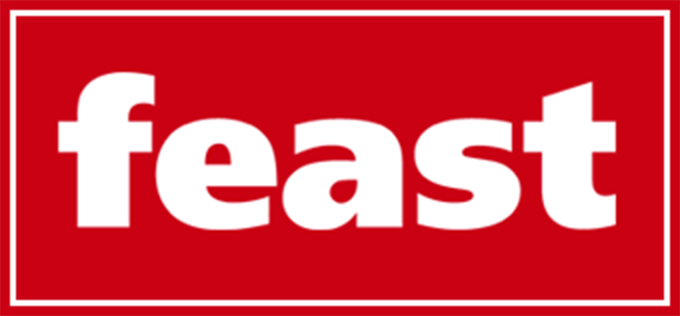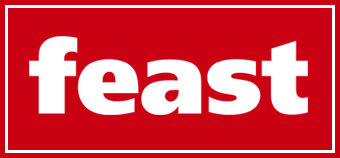Let’s be honest, your IT support shouldn’t feel restricted. Most systems force your team into fixed, one-size-fits-all solutions that haven’t changed since the dial-up era. Full of unnecessary features that complicate your work while lacking the flexibility required. It’s like paying for a Swiss Army knife when all you want is a simple screwdriver.
But imagine IT support that bends instead of breaks – that expands as you grow, simplifying when you’re in a crunch, and giving you exactly what you need without the bloat. That’s the power of modular IT. No more clunky, rigid software, just a smarter way to manage tickets, streamline support, and stay in control.
The truth is, your business changes daily. Shouldn’t your IT support keep up?
The Problem with Traditional IT Systems
Most IT platforms come loaded with features you’ll never touch—yet lack the flexibility to do what you actually need. The result?
- Wasted time – Navigating menus and tools that don’t fit your workflow.
- Wasted money – Paying for “all-in-one” systems where half the features go unused.
- Frustrated teams – Forcing your process into software that wasn’t built for you.
Sound familiar? There’s a better way.
Modular IT: Only What You Need, Nothing You Don’t
Imagine an IT system that works like a toolkit—not a locked-down monolith. Instead of rigid software, you get:
Customizable workflows – Build ticket categories, automations, and alerts your way.
Plug-and-play tools – Add integrations when you need them, ignore what you don’t.
Scalable structure – Start simple, then expand as your team grows.
This isn’t just convenient, it’s efficient. No more bending your process to fit software. The software bends to fit you.
3 Ways Modular IT Changes the Game
1. Smarter Ticket Management (Without the Headache)
A great service desk shouldn’t make support harder. Modular systems let you:
- Auto-categorize tickets (No more manual sorting)
- Set priority rules (So critical issues jump the queue)
- Track trends (Spot recurring problems before they escalate)
The result? Faster resolutions, less busywork.
2. Support That Scales with You
Start with the basics—ticketing, knowledge base, live chat. Then, as needs grow:
- Add asset management
- Integrate DevOps tools
- Roll out advanced analytics
No costly migrations. No retraining. Just enable what you need, when you need it.
3. No More “Software Bloat” Tax
Why pay for CRM features when you just need IT support? Modular IT means:
- Only license what you use
- Skip the unnecessary add-ons
- Avoid feature overload
Your budget stays lean. Your team stays focused.
Why This Beats the “All-in-One” Trap
Big vendors love selling you massive suites. But “comprehensive” often means:
- Complexity – Endless settings, half of which you’ll never configure.
- Lock-in – Hard to switch when the system stops fitting.
- Stagnation – Stuck waiting for updates that may never come.
Modular IT flips the script:
- You control the features.
- You dictate the pace.
- You own the system—not the other way around.
How to Build Your Ideal Setup
- Start with core needs (Ticketing? Knowledge base? Chat?)
- Add modules as required (Reporting, SSO, automation)
- Optimize over time (Drop what’s not working, double down on what is)
The best part? You’re never trapped. If a module isn’t delivering, swap it out—no forklift upgrades needed.
The Bottom Line
IT shouldn’t be a bottleneck. With modular support, you get:
- Flexibility – Tools that adapt, not restrict.
- Efficiency – No more clicking through useless features.
- Cost control – Pay for what you need, ditch what you don’t.
The old way: Force your team into rigid software.
The better way: Build a service desk that fits like a glove.
Ready to stop compromising? The right modular system lets you move fast, fix issues faster, and finally make IT work for you—not the other way around.
(No bloat. No lock-in. Just smarter support. Let’s talk.)



